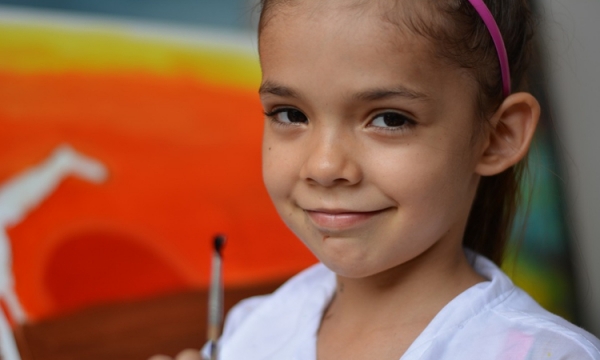The first child psychiatric genetic study was published in 1943 by Pearson and his colleagues who looked at the role of genes in human intelligence (2). However, child psychiatric genetic research did not really take off until the late 1980s when investigators used molecular genetic techniques to study child psychiatric conditions (3). The use of molecular genetic techniques has led to the discovery of a number of specific gene variants that are associated with child psychiatric conditions (4). For example, a recent study identified two variants in the serotonin transporter gene (5-HTT) that are associated with child anxiety disorders. These variants are thought to influence serotonin signaling which is known to be important in regulating mood and anxiety.
Despite these advances, child psychiatric genetic research is still in its infancy and many questions remain unanswered. For example, we still do not know the extent to which genes contribute to child psychiatric conditions. Studies have reported that the heritability of child psychiatric conditions ranges from 25% to 80% (6-8), but these estimates are often based on limited data and should be interpreted with caution. In addition, we still do not know the specific genes that are involved in child psychiatric conditions. This is largely because current molecular genetic techniques are only able to identify variants that are associated with a child psychiatric condition, but do not necessarily cause it. Thus, more research is needed to determine the role of genes in child psychiatric conditions.





